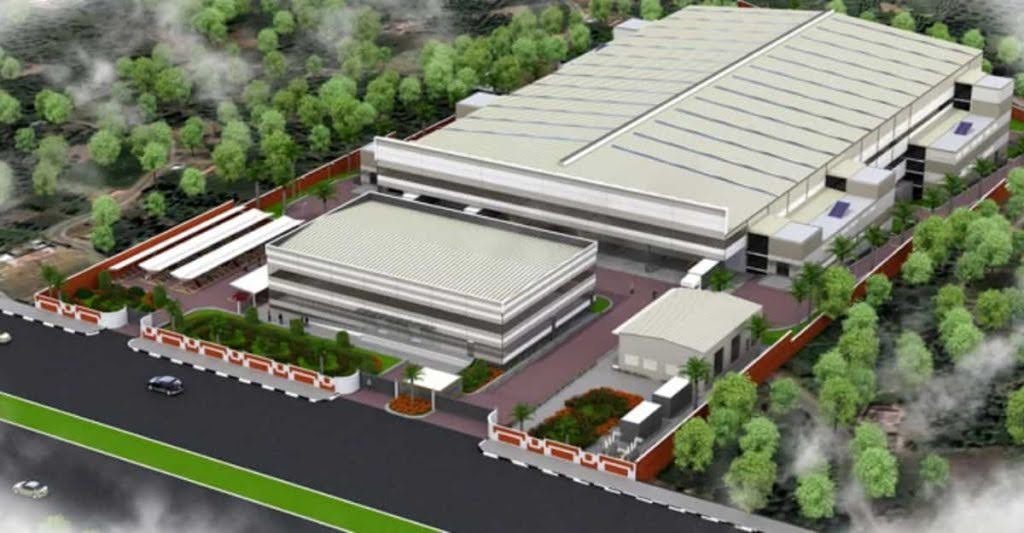The realm of industrial design and construction is undergoing a transformation propelled by evolving technologies, sustainability concerns, and a changing global economy. The future of this critical sector is set to impact not only how industrial spaces are designed and built but also how they function within larger economic and environmental frameworks.
The Evolution of Industrial Design
Industrial design has historically been shaped by the need for efficiency and functionality. However, today’s designers are reimagining industrial spaces with a focus on innovation and adaptability. These spaces are not just about housing equipment and facilitating production; they are now integrated environments that foster collaboration, innovation, and a better quality of life for workers.
Integrating Advanced Technology
One of the significant catalysts for change in industrial construction is the rise of smart technology. Automation, artificial intelligence, and the Internet of Things (IoT) are becoming integral parts of the industrial environment. Advanced technology enables more precise production processes, monitoring, and maintenance, thereby revolutionizing the way industrial spaces are used and managed.
Sustainability at the Forefront
Sustainability is no longer a buzzword but a core component of modern industrial design. Green building practices, renewable energy sources, and sustainable materials are increasingly being used to minimize environmental impact. Designers and builders are not just focusing on the present but are also looking ahead to create structures that remain relevant and sustainable in the long term.
Adaptable and Flexible Spaces
The future of industrial spaces is also about flexibility. The design of industrial facilities now involves modular components and adaptable layouts to easily accommodate different types of machinery or production changes. This adaptability ensures that spaces can evolve with the needs of the business, without requiring costly and time-consuming renovations.
Construction Innovations
Parallel to the advancements in design, construction techniques in the industrial sector have also made significant strides. Innovations in materials and construction methods are not only improving efficiency but also enhancing the safety and durability of industrial structures.
Prefabricated and Modular Construction
Modular and prefabricated construction methods are becoming standard in the industry, reducing waste and construction time. These methods allow for components to be made off-site in controlled environments, improving quality control and reducing the impact of weather or other external factors on the construction timeline.
Building Information Modeling (BIM)
Building Information Modeling (BIM) has revolutionized the planning and execution of construction projects. BIM provides a digital representation of the physical and functional characteristics of a building, allowing for a more collaborative process between architects, engineers, and builders. The result is more accurate project planning, reduced costs, and the ability to foresee and mitigate potential issues before they arise on-site.
Material Innovation
Material science has ushered in new possibilities for industrial construction. The development of lighter, stronger, and more sustainable materials has elevated the capabilities of industrial spaces. From energy-efficient insulation to self-healing concrete, these innovations contribute to the longevity and performance of industrial facilities.
The Role of Design-Build Firms
Design-build firms that offer turnkey solutions, such as the one providing the link for industrial design and construction, are playing a pivotal role in bringing the future of industrial spaces to life. These firms streamline the process by combining design, engineering, and construction services under one roof, thereby ensuring a cohesive approach to industrial projects.
Emphasis on Collaboration
These firms emphasize collaboration among all stakeholders from the project’s outset, which helps to identify and align goals, streamline communication, and reduce misunderstandings. This collaborative approach supports a more seamless transition from concept to completion and typically results in a more cost-effective and time-efficient project delivery.
Incorporating Future-Ready Features
Design-build firms are at the forefront of incorporating future-ready features into industrial spaces. They ensure that buildings are designed with the flexibility to adapt to future technologies and industry shifts, which is critical in a landscape that is constantly evolving.
Setting Industry Standards
As these firms continue to push the boundaries of what is possible in industrial design and construction, they set new industry standards for innovation and sustainability. Their integrated approach is not just about constructing buildings but also about contributing to the larger narrative of industrial development and its impact on economies and communities.
Conclusion
The future of industrial design and construction is characterised by a deep integration of technology, emphasis on sustainability, and a commitment to flexible and adaptive design. As we move forward, these principles will become even more ingrained in the fabric of industrial construction practices.
Industry professionals and businesses alike must remain agile and open to these changes, embracing the innovations that drive efficiency, sustainability, and value. Only by doing so can they ensure that their industrial spaces are not only fit for today but also poised to thrive in the future’s dynamic landscape.
This technological and conceptual metamorphosis underscores the importance of selecting forward-thinking design and construction partners. It highlights the significance of comprehensive planning and foresight in the development of industrial facilities that are truly revolutionised, ensuring their relevance and efficacy for years to come.
In conclusion, the transformation of the industrial design and construction industry represents both a challenge and an opportunity. It requires a holistic and visionary approach to create spaces that are not just places of production but are innovative, sustainable, adaptive, and contribute positively to the wellbeing of the workforce and the environment.
YOU MAY ALSO LIKE: Sydney’s Guide to Seamless Home Extensions

